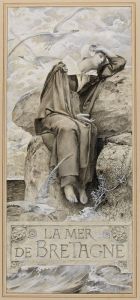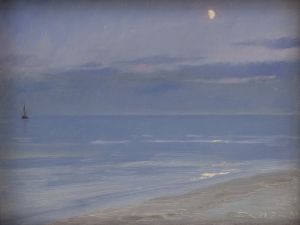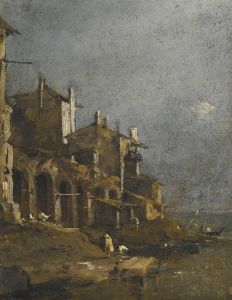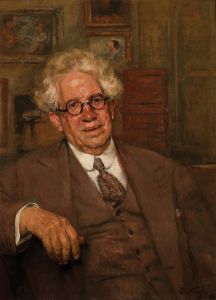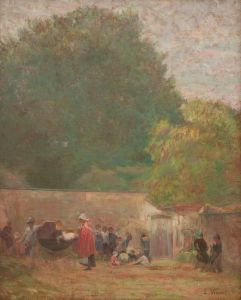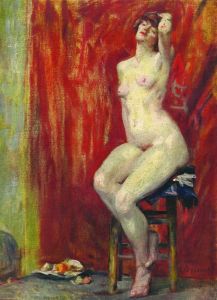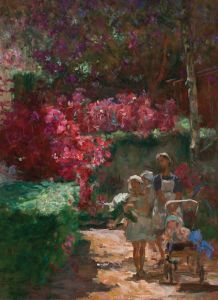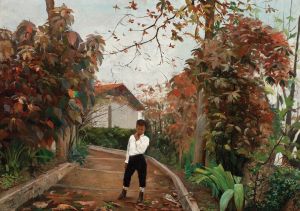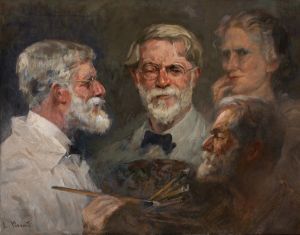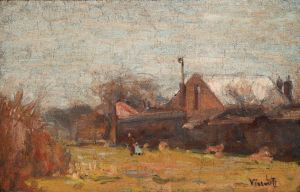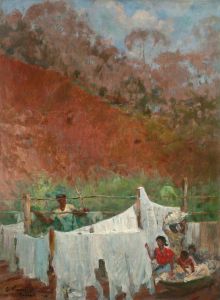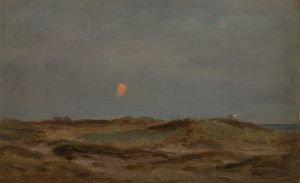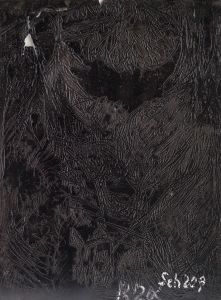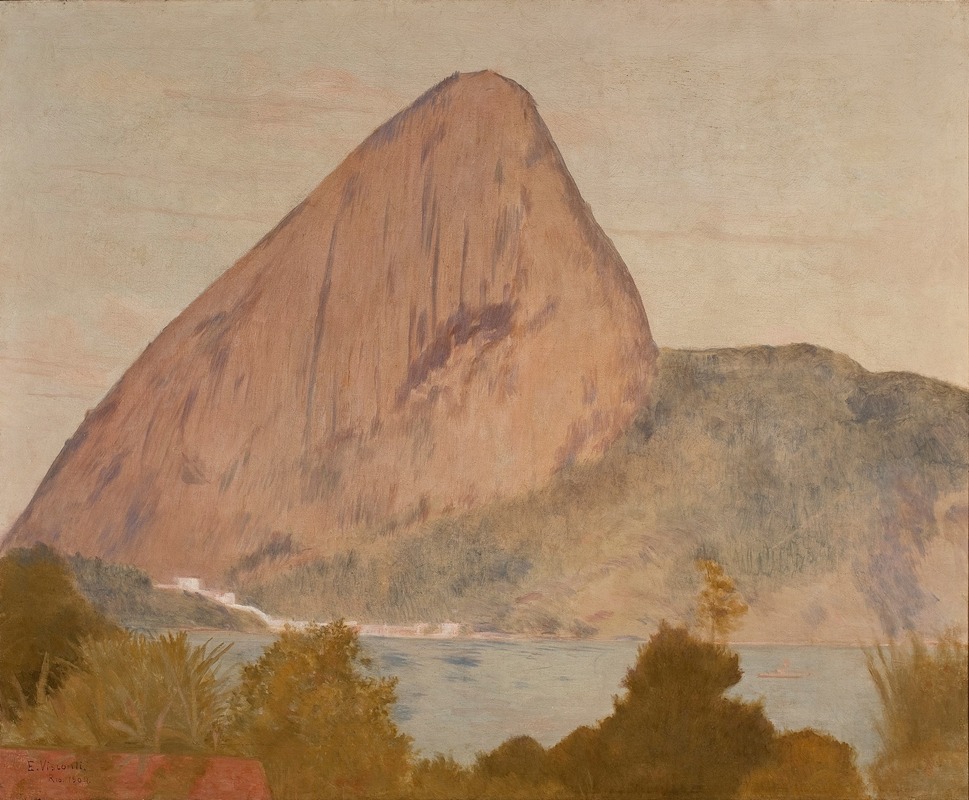
Marina com Pão de Açúcar
A hand-painted replica of Eliseu Visconti’s masterpiece Marina com Pão de Açúcar, meticulously crafted by professional artists to capture the true essence of the original. Each piece is created with museum-quality canvas and rare mineral pigments, carefully painted by experienced artists with delicate brushstrokes and rich, layered colors to perfectly recreate the texture of the original artwork. Unlike machine-printed reproductions, this hand-painted version brings the painting to life, infused with the artist’s emotions and skill in every stroke. Whether for personal collection or home decoration, it instantly elevates the artistic atmosphere of any space.
"Marina com Pão de Açúcar" is a painting by the Brazilian artist Eliseu Visconti, one of the most prominent figures in Brazilian art history. Visconti, born in 1866 in Salerno, Italy, moved to Brazil at a young age and became a key figure in the development of modern art in Brazil. He is known for his contributions to various artistic movements, including Impressionism and Art Nouveau.
The painting "Marina com Pão de Açúcar" depicts a serene maritime scene featuring the iconic Sugarloaf Mountain (Pão de Açúcar) in Rio de Janeiro, Brazil. This landmark is one of the most recognizable symbols of Rio de Janeiro and is often depicted in Brazilian art due to its distinctive shape and cultural significance.
Visconti's work is characterized by his use of light and color, which are evident in "Marina com Pão de Açúcar." The painting captures the tranquil beauty of the Rio de Janeiro coastline, with the calm waters of Guanabara Bay reflecting the sky and the imposing presence of Sugarloaf Mountain in the background. Visconti's technique showcases his mastery of light effects and his ability to convey the atmosphere of the scene.
Eliseu Visconti studied at the Liceu de Artes e Ofícios and the Imperial Academy of Fine Arts in Rio de Janeiro. He later continued his education in Europe, studying at the École des Beaux-Arts in Paris and being influenced by the Impressionist movement. His exposure to European art significantly impacted his style, which he adapted to Brazilian themes and landscapes.
Throughout his career, Visconti received numerous accolades and participated in various exhibitions, both in Brazil and internationally. His works are held in high regard and are part of important collections, including those of the Museu Nacional de Belas Artes in Rio de Janeiro and other prestigious institutions.
"Marina com Pão de Açúcar" exemplifies Visconti's ability to blend European artistic techniques with Brazilian subject matter, creating a unique and captivating representation of his homeland. The painting not only highlights the natural beauty of Rio de Janeiro but also reflects Visconti's personal connection to the city and its landscapes.
Eliseu Visconti's legacy in Brazilian art is significant, as he played a crucial role in the transition from academic art to modernism in Brazil. His works continue to be celebrated for their technical skill, innovative use of color, and the way they capture the essence of Brazilian culture and scenery.
In summary, "Marina com Pão de Açúcar" by Eliseu Visconti is a notable example of Brazilian art that showcases the artist's talent and his ability to depict the natural beauty of Rio de Janeiro. The painting remains an important piece in the study of Brazilian art history and Visconti's contribution to the development of modern art in Brazil.






